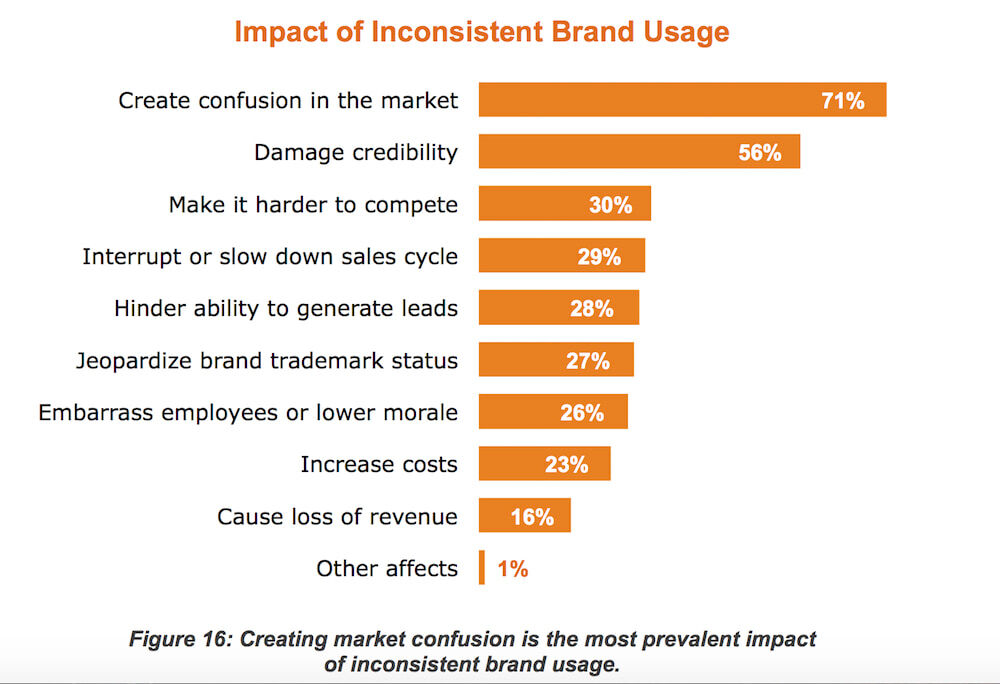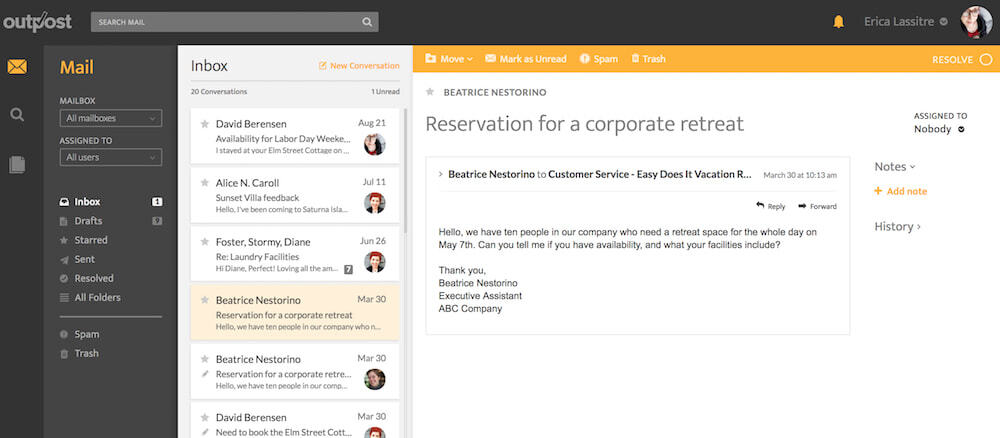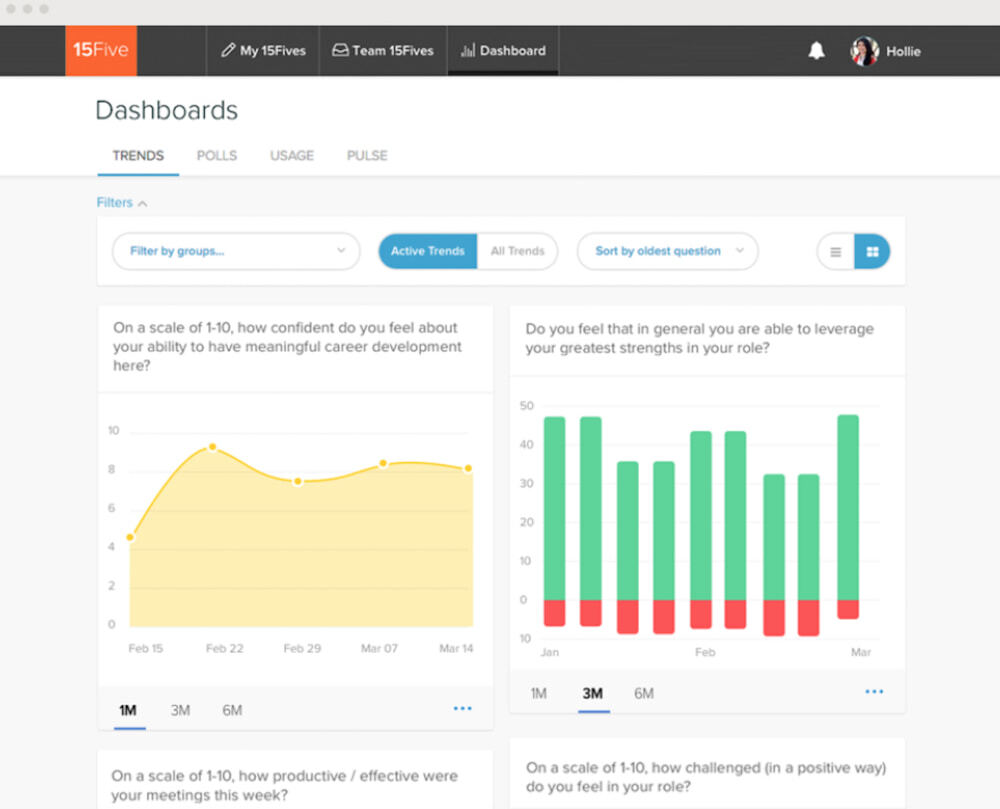You can make a compelling case that the Srixon-Cleveland equipment lineup – from top to bottom – is as strong as any in the game. From one end of the bag to the other, Srixon-Cleveland offers a choice for everyone from a high handicapper looking for as much help as possible to the scratch looking for a sex-on-a-stick blade.
Srixon’s two-year-old 565 and 765 irons were both top performers in past MyGolfSpy Most Wanted testing and are favorites among MGS readers and staff. Despite their performance and popularity, the sand in the old hourglass has run out for both, and golf’s product calendar says it’s time for an update.
We shared our First Look at Srixon’s new Z 85 metal woods yesterday, an upgrade Srixon considers revolutionary compared to its previous models, When it comes to irons, however, the Srixon brand is traditionally more evolution than revolution. Incremental change is the phrase they use, and the new Z 585 and Z 785 irons sets, while not radically different than their high-performing predecessors, do bring a few interesting upgrades to the party that are sure to turn a few heads.

Ch-ch-changes
Whenever an OEM unveils an upgrade, it’s always fair to ask if it’s an improvement or if it’s just a change to satisfy the calendar and to sell something new. The cynics, of course, will say it’s nothing more than a marketing-fueled money grab. Generally speaking, however; companies on two-year product cycles view their new releases as part of a product continuum: each iteration featuring performance enhancements the OEM believes will provide golfers with an incrementally better stick.
Or, as Robert Browning once wrote, “A man’s reach should exceed his grasp, or what’s a Heaven for?”
The upgrades to the Z 585s and 785s are subtle and, in Srixon’s own words, incremental. The 585s have evolved into a bit of a category buster: they’re the most Game Improvement-y irons in Srixon’s lineup, but wouldn’t be out of place in the new Player’s Distance category. Comps include Mizuno’s JPX 900 Forged, Callaway’s Apex CF 16 (or whatever replaces it) and Titleist’s AP2.

The Z 785’s are Srixon’s next generation forged, cavity back player’s iron – a refinement of the popular Z 765. Comps include the Titleist 718 CB, Wilson Staff FG Tour V6 and Mizuno MP 18, among others.
“They’re two great feeling, great looking irons,” says Srixon Marketing Director Brian Schielke, not unexpectedly. “Compact, thin top line. The 585s are more about feel and distance, the 785s more about feel and control.”

And both, when Srixon’s updated Utility irons are added to the mix, can make for some unique combo sets.
Feel With Added Distance
The Z 585 was MyGolfSpy’s Most Wanted Game Improvement Iron for 2017 – it featured a forged 1020 carbon steel head with a high strength SUP10 steel face. Not for nothing, so does the new Z 585.
So where’s the beef?
It’s in the groove. Speed Groove, that is.

“Imagine the face of a big trampoline with spring around the outside,” says Schielke. “What we’ve done is milled out a little channel around the perimeter, making the face more flexible, so you get a little more ball speed.”
Face flexibility is the thing in distance irons, and every OEM has its own take on it. More face flex over a wider area of the clubface helps reduce distance loss on mishits and maximizes direct hits. Feel, however, can be a problem in this category (Urethane Microspheres, anyone?), so Srixon is trying to mitigate that with a black material covering the Speed Groove.
“Some distance irons are clicky,” says Schielke. “These have that soft material surrounding the high strength face, which absorbs a lot of the vibrations.”
The 3- through 7-irons feature a full Speed Groove that circles the entire cavity back, while the 8- and 9-irons have a sole groove only. The PW and SW have no groove.

The soft, black dampening material raised quite a stink a couple of months ago when we showed early pictures of the 585s from the USGA Conforming website. Quite frankly, those shots made the club look awful. In person, while they may not be everyone’s cup of tea, the 585s do appear a bit more refined – maybe not quite as clean as the 565, but beauty, as they say, is in the eye of the golfer. If you’re the type who spends time every day gazing at your clubs as they sit in the bag waiting for you to take them out to play, and a black outline just isn’t your thing, the look may put you off. On the course, if you’re looking at the back of the club while swinging, you’re doing it wrong.
Of greater import, do Speed Grooves work? Srixon’s own internal testing suggests there’s something there. Comparing 7-iron ball speeds with the JPX 900 Forged and the Titleist AP2, Srixon tells us – not surprisingly – the 585 out ball-sped the Mizuno by just over 1 MPH, and the Titleist by nearly 4 MPH. As always, consider the source.

After a few rounds and range sessions we can say when it comes to feel, the Speed Grooves perform as advertised: the 585s are an excellent feeling iron. Distance-wise, they’re certainly not lacking. MyGolfSpy will be running its own tests to compare against the rest of the field.
Srixon’s unique V.T. Sole has been adjusted just a wee bit for the 585, as well. It’s slightly wider compared to the 565 to improve turf interaction, an attribute at which the 565’s already excelled.

Workability and Feel
Cosmetically, Srixon didn’t do much at all to the Z 785, which is probably a good thing. The 765 was a pretty sweet looking iron, and its progeny is as well. The 785 is still forged from a single billet of 1020 carbon steel, but there are a couple of functional tweaks.
“There’s a little more material behind the ball to help feel,” says Zack Oakley, Srixon’s brand manager. “It’s right in the middle, and that’s where the better players are supposed to be striking it. It aids in workability so that you can move it around a little easier than before.”

That extra material adds a little oomph to the club, as well. Srixon says its staffers are picking up some yards with the 785s, while achieving a higher ball flight and a steeper landing angle.
In addition, shaping has been adjusted just a tad. It’s a wee bit more compact than the 765, with a slightly sharper topline. The V.T. sole has also been tweaked – with a little bit more leading-edge bounce.
“The Tour guys love it,” says Schielke. “They feel they can hit down as hard as they want, and it just cuts through the turf. And for people who do hit a fraction behind the ball, it maintains more speed through the turf. So rather than coming up short of the green, you’ll maybe make the front of the green on a mishit.”

Srixon is not coming out with a new blade at this time, and the 2016 Z 965 blade is not currently listed on Srixon’s website.
As we said earlier, Srixon is enthusiastically promoting the idea of combo sets with the new Zs. The 585 and 785 are pretty close in terms of face shape and size – the biggest differences are the sole width, the perimeter, and the back cavity design. Despite the black Speed Groove material on the 585s, the clubs don’t look mismatched in the same bag, and spec-wise, you could say they combine by design.

And if you want to jazz up your combo set, Srixon is updating – and expanding – it’s Utility iron.
#1 on Tour
Srixon’s Z U65 Utility irons are the number one utility iron on Tour, a ranking of which Srixon is justifiably proud.
“Most of our staffers have one or two in play,” says Schielke. “They’ll play a practice round or a regular round with someone who’s a non-staffer, and the next day that non-staffer will be in our Tour trailer asking us to build one for him.”

The U65 has been popular at retail, too, to the point where Srixon simply can’t keep them in stock.
Again, if it’s so good, why mess with a good thing?
Well, more options for your combo set, for one.
“We’ve designed both irons sets and the new Z U85 Utility irons for progressive sets,” says Oakley, “to make it easy to mix and match.” The U85s do carry a higher price tag – by $58 per stick – compared to the 585/785s, so more Utility irons means a higher price tag (depending on your Utility to Hybrid ratio). At $199, the Srixon’s are a full $50 less expensive than TaylorMade’s GAPR, and Callaway’s X Forged Utility.
The U85 features full hollow-body construction, with the same 1020 forged head and SUP10 high strength steel face as the 585 irons. Compared to the U65s, the U85s have a wider sole and a deeper Center of Gravity.

“Full hollow construction is the in thing now,” says Oakley. “It lets you bring the CG down to get the ball up, especially in the 2- and 3-irons, where getting the ball up is more important than anything.”
“You can do some things with the weighting that aren’t visible,” adds Schielke. “It looks like a blade but has the performance and forgiveness of a cavity back.”

To add to your combo set options, Srixon is offering the U85s in 2-iron through 6-iron. The U65s were available on 2, 3 and 4 only. For example, if you’re looking for distance and forgiveness, you could combine the 4, 5 and 6 U85 utilities with the 585s in 7-PW, or you could combine the 4 through 6 Utilities with the 785s for workability and forgiveness, or you could piece together a mixture of Utilities, 585s and 785s. Srixon is making a wide array of no upcharge shafts available, to make mixing and matching that much easier.
“We really don’t know how many utility irons we can sell,” admit Schielke. “That’s because we’ve sold through our inventory over the last two years. We’re trying to forecast better for this model.”

Might we see a full set of hollow-body irons from Srixon anytime soon? Schielke didn’t say yes, but then again, he didn’t say no, either.
“We’re definitely considering it.”
Options, Pricing, and Availability
The Srixon Z 585 irons are in 3-iron through AW, and a 7-piece set sells for $999 in steel, $1,199 in graphite. The stock steel shaft is the Nippon Modus3 105; stock graphite is the Miyazaki Kuala. The Golf Pride Tour Velvet 360 is the stock grip.
The Z 785 is also available in 3-iron through AW, with the same $999 price for a 7-piece set. The Nippon Modus3 120 is the stock shaft (there’s no stock graphite offering), with the same Tour Velvet 360 grip.

The Z U85 Utility will be available in 2- through 6-iron, with the UST Recoil 95 and the Tour Velvet stock. It will sell for $199.
Srixon is offering an aggressive list of no upcharge shaft options for the entire lineup, including Nippon’s Pro Modus3 and Pro 950 lines, the Dynamic Gold, Dynamic Gold Tour Issue, the DG 105 and DG 120 as well as the True Temper AMT Black and Tour White. KBS Tour, Tour 90, Tour V, Tour FLT, C-Taper, C-Taper, $-Taper and the 560 and 580 Junior Shafts are also no upcharge options, as are the Project X, Project X PXi, and Project X LZ. The Recoil 95, Recoil SMACWRAP and Steel Fiber 95’s are graphite options.
Just as aggressive is the no upcharge grip selection, which includes pretty much every grip Golf Pride, Lamkin and Winn offer.
You can preorder the new Z series irons at selected retailers and on Srixon’s website now and will be available at retail starting September 14th.

from MyGolfSpy https://ift.tt/2wBIvfZ







 Times of rapid growth are especially exciting and challenging for new startups. Obviously, it’s a signal that things are headed in the right direction—but it can also be a critical turning point that determines long-term success.
Times of rapid growth are especially exciting and challenging for new startups. Obviously, it’s a signal that things are headed in the right direction—but it can also be a critical turning point that determines long-term success.




 Photo by
Photo by 














 So you’re thinking about starting your own outpatient medical practice.
So you’re thinking about starting your own outpatient medical practice.